I am using this circuit as the automatic transfer switch where I am providing input from battery and solar panel and taking the output to run the motor.
Where AC/DC is written I am using the battery from this input where the motor is running slower and TIP127 is getting heated up and consuming extra energy.
As I have nearly no knowledge of electronics and took this circuit from a website.
It would be great if anybody could tell me why this is happening and how can I stop it?
As I want to make circuit very efficient and hence trying to reduce any kind of energy loss. Also when run via second input the motor is running extremely well.
Thank you.
